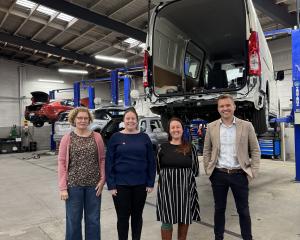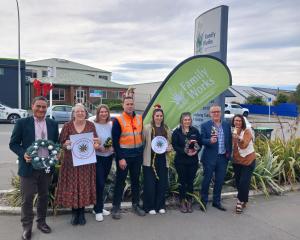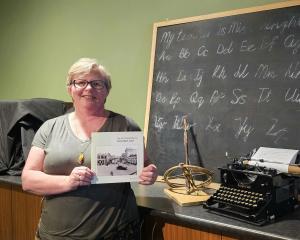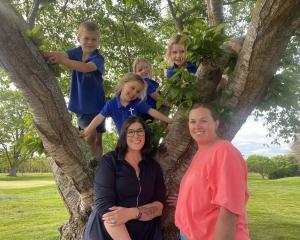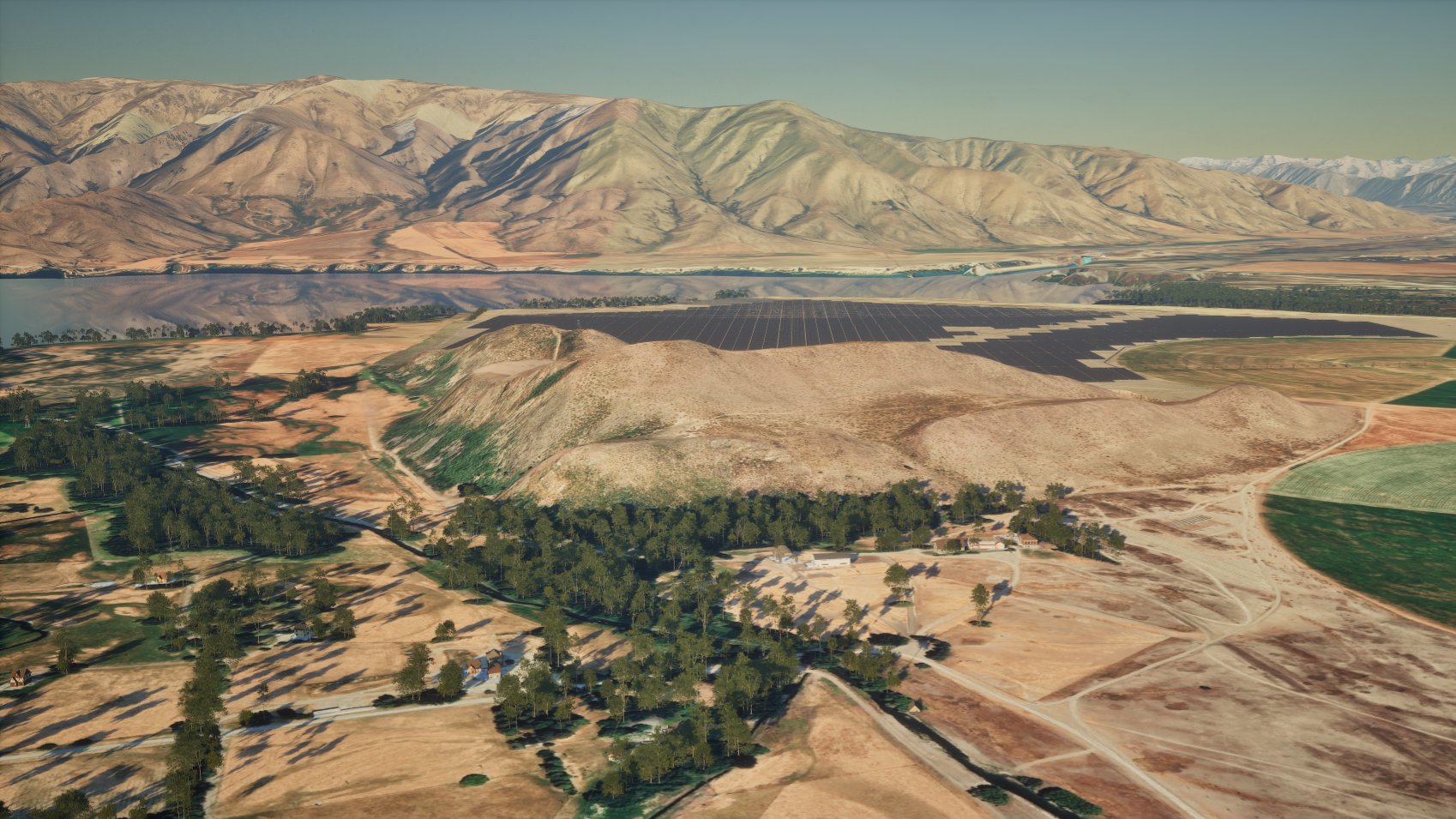
Last week, Lodestone Energy announced it had received the green light for its South Island Haldon Station solar project to advance to the next stage of the Fast-track consenting process.
The proposed 220 megawatt solar farm will occupy a 320ha parcel of land within Haldon Station’s expansive 22,000ha property.
Of Lodestone’s 10 consented sites, this project will be the first that it has lodged through the Fast-track consent process, and will become the first solar energy project to reach the milestone.
Lodestone managing director Gary Holden said in a statement it was a significant step for a project with real strategic value.
"We are thankful the government has recognised that this project had the fundamentals to qualify under their stringent criteria. Our industry as a whole is dedicated to bringing new sources of electricity generation to the market, and the Fast-track process is a real boost to making this happen," Mr Holden said.
"Expediting a well-considered, low-impact project like Haldon — with exceptional solar potential, strong transmission access and minimal visual impact — is exactly the kind of outcome the Fast-track legislation was designed to support."
He said that using the Fast-track pathway had not come at the expense of comprehensive environmental assessments or stakeholder engagement.
"We know that Fast-track does not in any way mean we can take shortcuts. We are committed to the same high standard of due diligence and consultation that’s underpinned all our developments.
"The Haldon project is a long-term commitment to the region — one that will supply clean, reliable electricity to New Zealand for decades to come."
Unlike Lodestone’s other solar farms, which have been designed around the principles of combining farming with solar generation, the Haldon Station project will focus on ecological restoration.
The site will be enclosed with rabbit-proof fencing, pest-controlled and destocked, encouraging native vegetation and other flora to regenerate under the partial shade and shelter of the solar panels.
Haldon Station’s farm manager of 42 years, Paddy Boyd, believed the project represented a turning point for the land.
"It is a win-win for regeneration.
"The removal of stock and pests, coupled with shade from the panels will be beneficial for land that is prone to drought, wind and extreme sun exposure.
"This is a regeneration project, not just an energy one."
The site is discreetly located, screened from public view, and sits directly beneath high-capacity transmission infrastructure, enabling efficient grid connection.
Solar generation from projects like Haldon Station complements nearby hydro generation by helping preserve lake storage levels during dry periods and peak summer demand. — Allied Media





